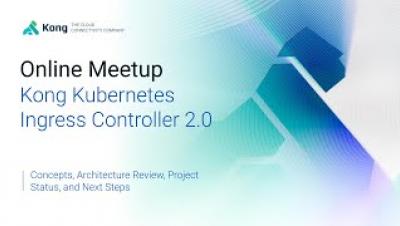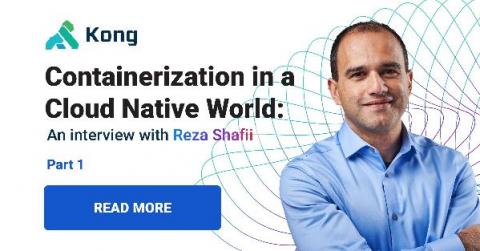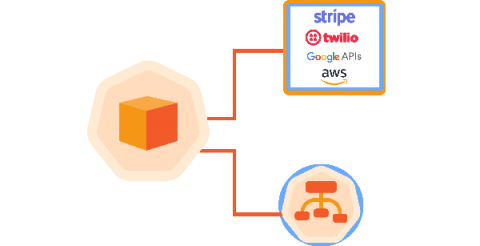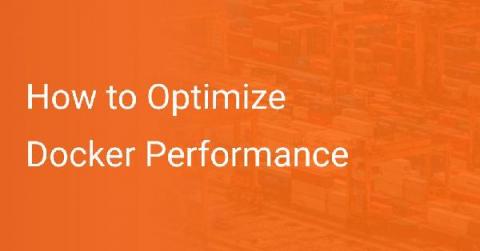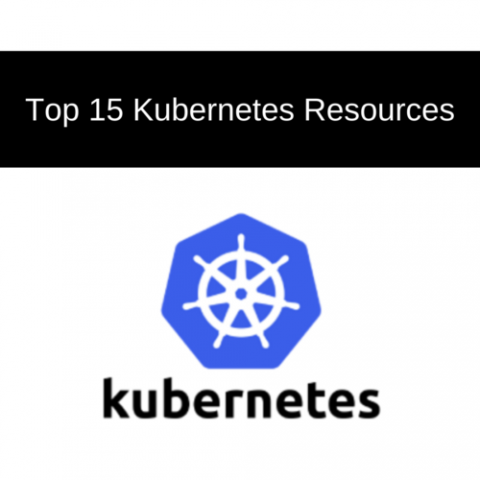Systems | Development | Analytics | API | Testing
Containers
Containerization in a Cloud Native World: An Interview With Reza Shafii
Multi-cloud infrastructure is changing the way companies approach their software architecture. What started solely as gateway traffic management has evolved into full lifecycle API management. I recently sat down with Reza Shafii, Kong’s VP of product, for a blog series where we explore how full lifecycle service management ties into the concept of cloud native.
Feature Spotlight: Service Mocks
Nowadays APIs are the de facto method of communication between services. With all the connections points, setting up environments to efficiently build and test can be difficult. Also, in lower environments, 3rd party APIs can be unreliable, incorrect or non-existent.
How to Optimize Docker Performance
Docker containers have revolutionized the cloud industry. While Docker containers already present remarkable benefits and plus-points over other virtualization methods, there are significant performance gains that developers can further squeeze out of Docker to get the most out of the technology. This guide will cover different methods of optimizing Docker performance and answer some frequently asked questions about the technology.
GitLab 2021 DevSecOps Survey Key Findings
For the last several years, GitLab has run a major survey about the trends facing the DevSecOps community. This year over 4,000 people responded to the survey, 40% who identified as a Software Developer / Software Engineer. Also about half the survey participants are based in Asia, a major region for Software Developers. One of the biggest trends you will find throughout the survey is how much developers value speed and efficiency.
Top 15 Kubernetes Resources
While Kubernetes is a very powerful and comprehensive application, it can also be very complicated and confusing to new users. Thankfully, the community is great at pulling together to try to tame the Kubernetes beasts, and as more users join the platform, more handy tools to help you manage your cluster are developed. Kubernetes Resources range from everyday helper tools to development tools to troubleshooting tools, and in this article we’ll discuss fifteen of the best ones.
Atlanta Startup Podcast
The Atlanta Startup Podcast is the briefing room for the innovation ecosystem, featuring the investors, founders and activators creating the fastest emerging venture capital ecosystem in the country. Ken Ahrens, founder and CEO of Speedscale sits down with Valor Investor, William Leonard in this episode.
Moving an Application from VM to Kubernetes
Containerization and orchestration are becoming increasingly popular. According to a recent survey conducted by Market Watch, the global container market will exceed $5 billion by 2026. In 2019, that number was under 1 billion. These statistics show that the world is moving more towards containers and orchestration faster and faster each day. One example of this is moving from VM to Kubernetes.
Why Your Engineers Want to Migrate to Kubernetes
Software teams have found themselves in the center of the business’ strategy. Their strategic decisions on technologies to invest in has resulted in greater agility and the ability to build products that differentiate their companies in the market. As a result, optimizing the ability for software teams to deliver by investing in stronger tooling has become a core priority.


